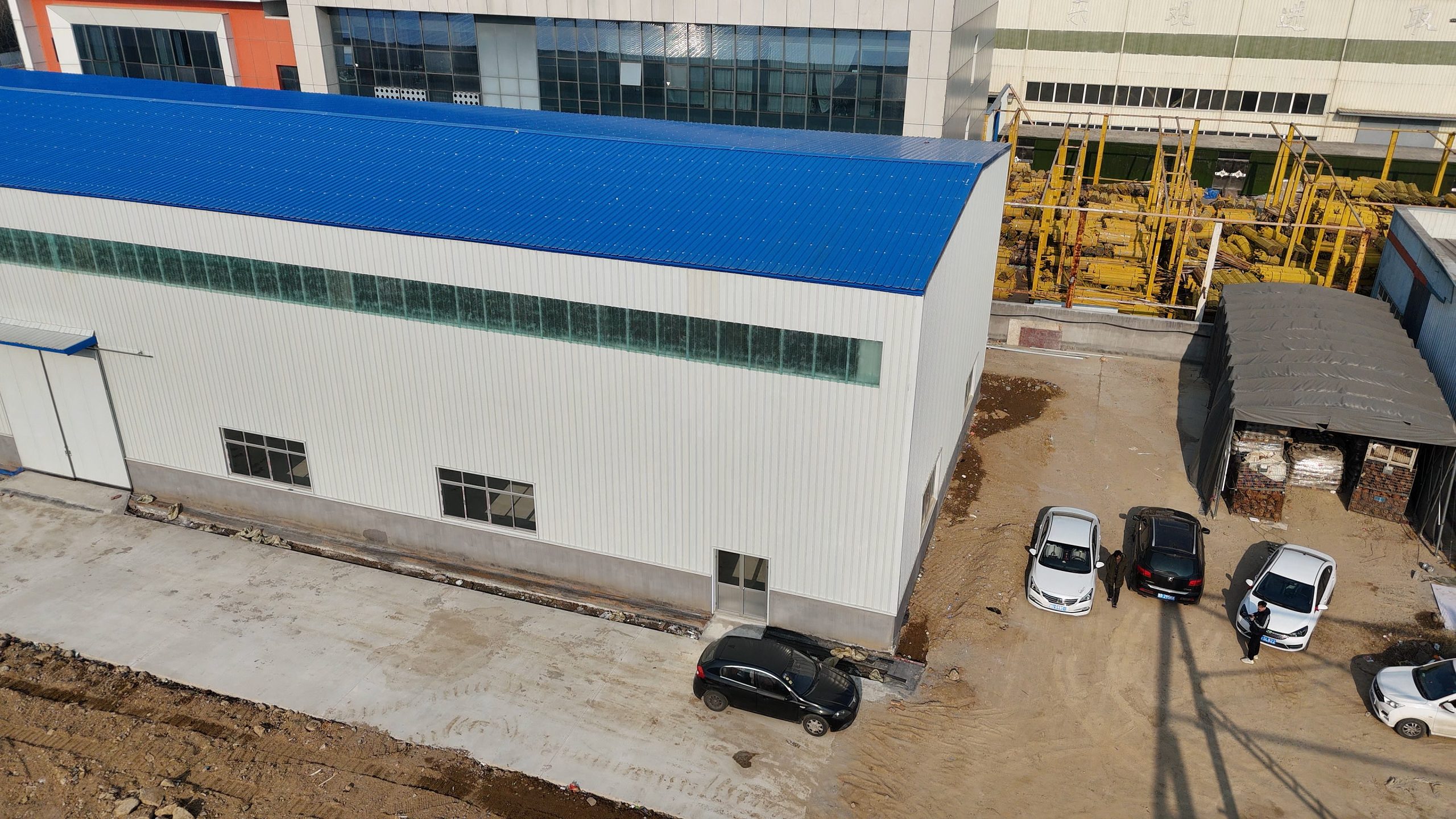Table of Contents
Importance of Fireproof Coatings in Steel Structure Buildings
Steel structure buildings are becoming increasingly popular due to their durability, cost-effectiveness, and sustainability. However, ensuring the Safety of these structures is of utmost importance. One key aspect of safety in steel structure buildings is the use of fireproof coatings. These coatings play a crucial role in protecting the building and its occupants in the event of a fire.
Fireproof coatings are designed to slow Down the spread of fire and prevent the steel structure from collapsing. In a fire, steel can lose its strength and integrity, leading to structural failure. Fireproof coatings act as a barrier, insulating the steel from high temperatures and preventing it from reaching its critical temperature. This helps to maintain the structural integrity of the building and gives occupants more time to evacuate safely.
There are various types of fireproof coatings available for Steel Structures, including intumescent coatings and cementitious coatings. Intumescent coatings expand when exposed to heat, forming a protective char that insulates the steel and delays the spread of fire. Cementitious coatings, on the other hand, provide a thick layer of protection that can withstand high temperatures for an extended period.
The importance of fireproof coatings in steel structure buildings cannot be overstated. In the event of a fire, these coatings can mean the difference between life and death. By slowing down the spread of fire and protecting the structural integrity of the building, fireproof coatings give occupants valuable time to evacuate safely. This is especially crucial in high-rise buildings where evacuation can be challenging.
Furthermore, fireproof coatings can also help to minimize property damage in the event of a fire. By containing the fire and preventing it from spreading, these coatings can limit the extent of damage to the building and its contents. This can result in significant cost savings for building owners and insurance companies.
In addition to protecting against fire, fireproof coatings also offer other benefits. They can improve the aesthetics of steel structures, providing a smooth and uniform finish. They can also enhance the durability of the steel, protecting it from corrosion and other forms of damage.

When choosing a fireproof coating for a steel structure building, it is important to consider factors such as the type of building, the level of fire protection required, and the environmental conditions. It is also essential to ensure that the coating is applied correctly by trained professionals to maximize its effectiveness.
In conclusion, fireproof coatings are a critical safety feature in steel structure buildings. They play a vital role in protecting the building and its occupants in the event of a fire, by slowing down the spread of fire, maintaining the structural integrity of the building, and providing valuable time for evacuation. Investing in high-quality fireproof coatings is essential for ensuring the safety and Security of steel structure buildings.
Advantages of Seismic Retrofitting for Steel Structure Buildings
Steel structure buildings are known for their durability and strength, making them a popular choice for a wide range of construction projects. However, even the strongest steel structures can be vulnerable to seismic activity, which is why it is important to implement safety features to protect these buildings and the people inside them.
One of the key advantages of seismic retrofitting for steel structure buildings is that it can significantly improve the overall safety and stability of the structure. By reinforcing key structural elements and adding additional support systems, seismic retrofitting can help to minimize the risk of damage and collapse during an earthquake or other seismic event.
One of the most common safety features used in seismic retrofitting for steel structure buildings is the addition of base Isolators. These devices are designed to absorb and dissipate the energy generated by seismic activity, reducing the impact on the building and helping to prevent structural damage. Base isolators can be installed between the foundation of the building and the steel structure, providing an extra layer of protection against seismic forces.
Another important safety feature for steel structure buildings is the use of bracing systems. Bracing systems are designed to provide additional support to the structure, helping to distribute the forces generated by seismic activity more evenly throughout the building. By adding bracing systems to key areas of the steel structure, engineers can help to prevent excessive movement and deformation during an earthquake, reducing the risk of structural failure.
In addition to base isolators and bracing systems, seismic retrofitting for steel structure buildings may also involve the installation of dampers. Dampers are devices that are designed to absorb and dissipate energy, helping to reduce the impact of seismic forces on the building. By installing dampers in strategic locations throughout the structure, engineers can help to minimize the risk of damage and collapse during an earthquake.
Overall, the implementation of safety features such as base isolators, bracing systems, and dampers can greatly improve the safety and stability of steel structure buildings in the event of a seismic event. By investing in seismic retrofitting, building owners can help to protect their investment and ensure the safety of occupants.
In conclusion, steel structure buildings are a popular choice for construction projects due to their strength and durability. However, these buildings can be vulnerable to seismic activity, which is why it is important to implement safety features such as base isolators, bracing systems, and dampers. By investing in seismic retrofitting, building owners can help to improve the overall safety and stability of their steel structure buildings, protecting both the building and the people inside.

